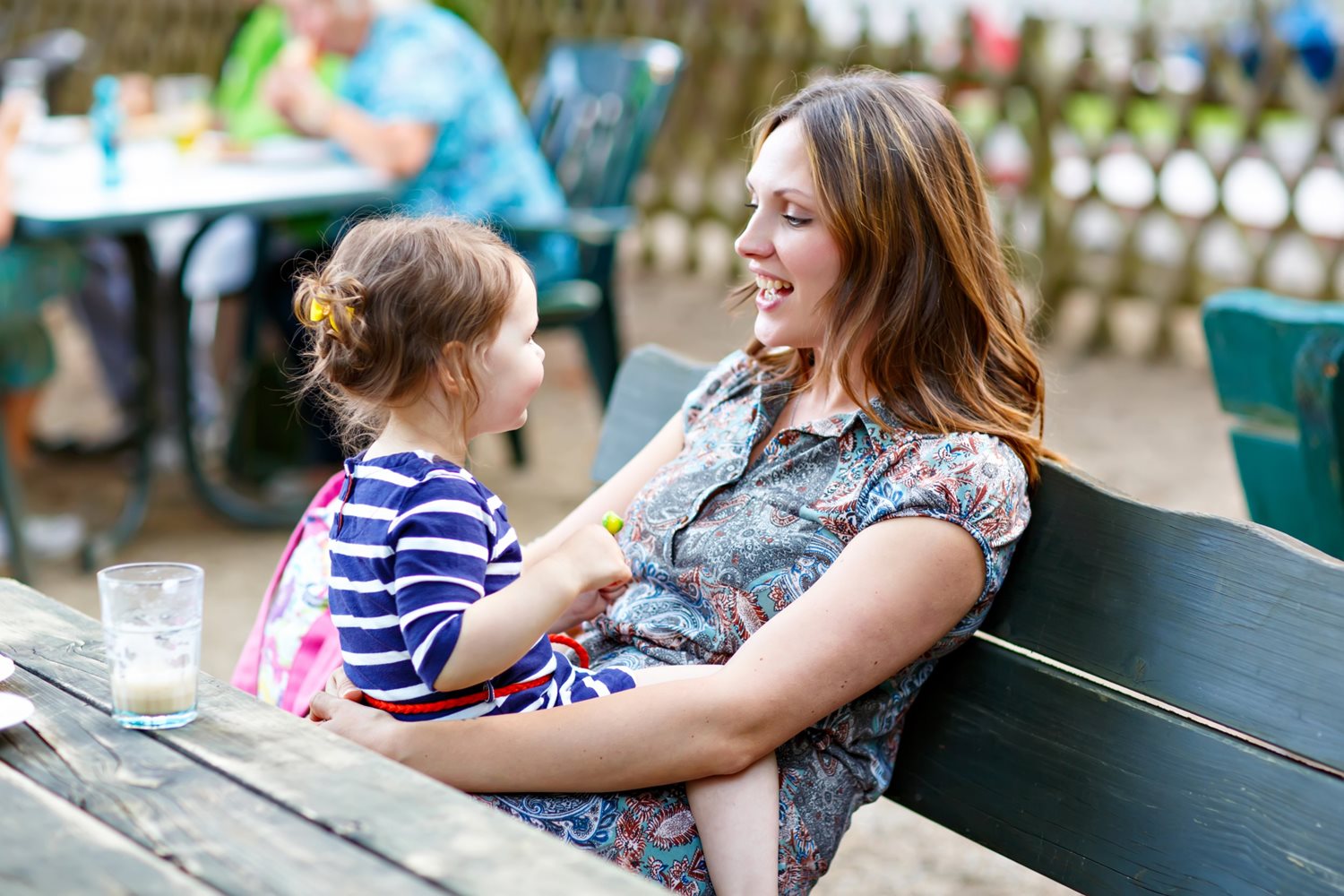Strengthening Your Child’s “Control Centre”: How Bilingualism Boosts Executive Functioning

Whether you’re thinking about introducing your young child to a second language, or you’re doing so already, you’ve probably heard some conflicting opinions on whether or not it will help your child’s development.
Knowing what the research says is important. In recent years, more and more studies have highlighted the benefits of learning two languages in early childhood. One of the biggest advantages researchers have uncovered is the effect on children’s “executive functioning” – sometimes referred to as the “control centre” of the brain.
What is Executive Functioning?
Executive functioning refers to the set of skills your child uses to achieve a goal. These are skills we all use on a daily basis, including:
- planning/organizing tasks
- starting tasks
- regulating emotions
- sustaining attention
- controlling impulsive behaviours [1]
Imagine, for example, that your child sees her friends playing outside. She wants to join them, but she’s inside helping you complete chores. She would have to use a number of executive functions to achieve her goal of completing the chores – specifically, she’d have to organize and regulate her thoughts, actions and emotions in order to stay focused on the tasks at hand. She would recognize that she needs to complete the chores in order to get her to play outside.
How Does Bilingualism Affect Executive Functioning?
Note: When we talk about bilingualism, we’re referring to the outcome of learning two languages that a child is exposed to frequently and on an ongoing basis in many contexts. Limited exposure to a second language that isn’t spoken and supported in the home may not have the same benefits as those described in this article
Studies have shown that compared to children who speak one language, bilingual children perform better in a number of executive functioning areas [2]. These include:
- Avoiding distraction – Bilingual children are better able to resist temptations and ignore distractions, which allows them to remain focused on their goal.
Real-life example: A child with this skill would be better at resisting the urge to run outside and play with her friends, and would remain focused on the goal of completing her chores.
Possible reason: When a child speaks two languages, she needs to actively suppress the one that’s not being used during a conversation [3] While doing this, she’s practicing the skill of ignoring distractions, and this improves her attention skills. [4]
- Working memory – A child uses her “working memory” when she holds several pieces of information in her mind at one time and then uses that information to do something [5]. Bilingual children have an increased capacity for working memory, meaning they can hold larger amounts of information in their mind at once and then do something with it [6]. Studies show that children with more efficient working memories do better in school and have better social skills [7, 8].
Studies show that children with more efficient working memories do better in school and have better social skills.
Real-life example: During an English test, a child might read a passage and then have to answer questions about it. A child with increased working memory may be better able to hold the details of the passage in her mind while she reads the question and thinks about how to answer it.
Possible reason: Since both languages are “activated” in a bilingual child’s mind as she has a conversation, she exercises and strengthens her working memory as she suppresses the language that’s not being used.
- Cognitive flexibility – This means being able to think about something in more than one way and to respond appropriately based on the situation. A recent study showed that the benefits of bilingualism on cognitive flexibility may extend beyond typically developing children to those with developmental challenges such as autism. When children with ASD who spoke one language were compared to bilingual children with ASD, the researchers found that the bilingual children showed better cognitive flexibility in switching from one task to another [9].
Real-life example: In the case of the child who sees her friends playing outside while she’s doing chores, one possible reaction would be to slow down and watch them play. But if the child has greater cognitive flexibility, she may start using both hands to put her toys away. This would allow her to accomplish her goal of completing the chores more quickly so that she can go outside and play with her friends.
Possible reason: Any time a bilingual child switches from one language to another, she’s strengthening her cognitive flexibility since she’s tailoring her actions to the particular situation. [10]
Executive functioning skills are important in so many areas of your child’s development. It’s great to know that if you’ve chosen to help your child learn a second language, these critical skills will be getting a good boost.
Are you a professional working with bilingual families?
Learn what the most recent research says on supporting the development of bilingual children with the Hanen e-Seminar, Boosting Bilingual Environments for Young Children.
Similar articles by tag:
